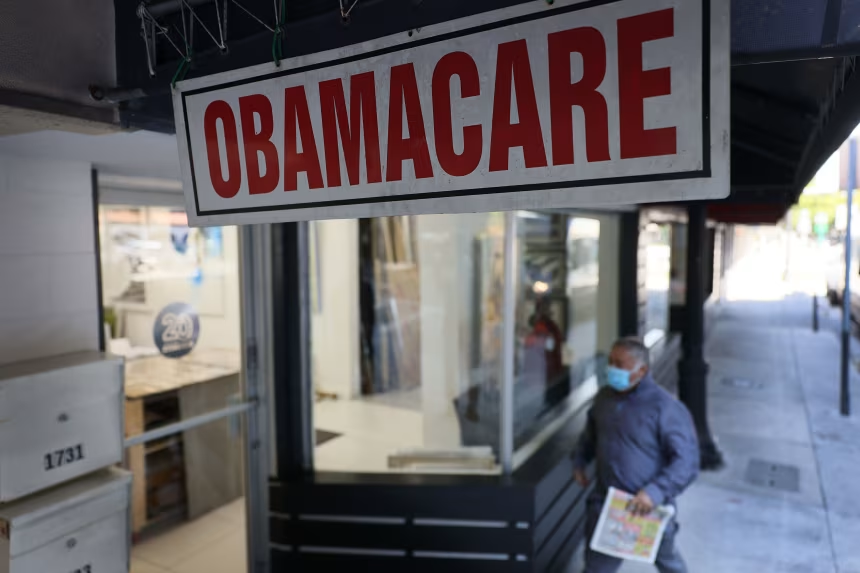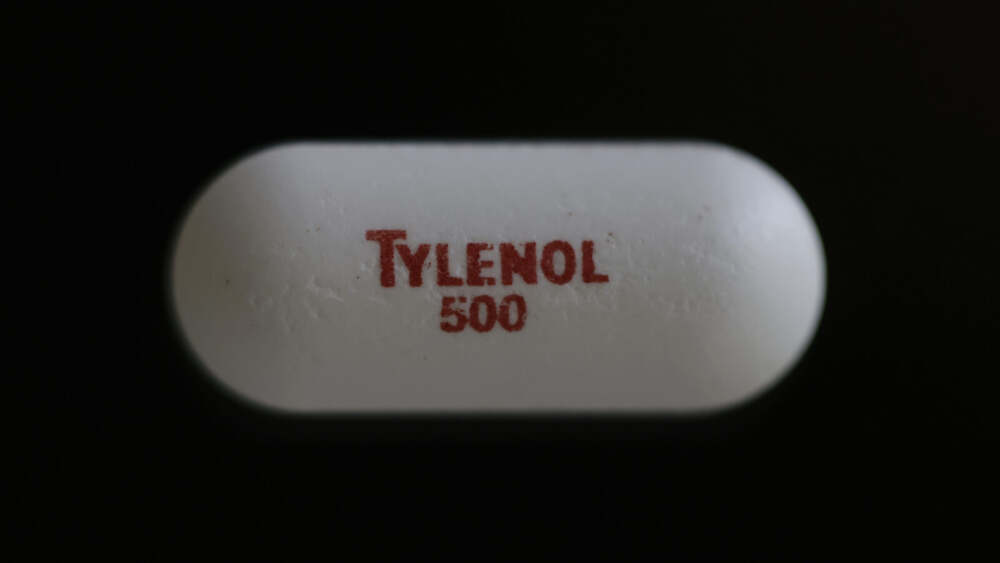Americans purchasing health insurance through the marketplace established by the Affordable Care Act (commonly called “Obamacare”) are facing a sharply higher cost burden next year. Multiple analyses project substantial premium increases, with many observers calling this the biggest rate jump in years.
What’s Driving the Increase
Several intertwined factors are pushing insurance costs upward:
- Insurers have filed rate requests showing double-digit increases to keep pace with rising medical costs, inflation, and use of expensive specialty treatments.
- A key driver is the scheduled sunset of enhanced federal subsidies introduced during the pandemic, which helped millions of enrollees keep their monthly premiums low. Once those subsidies expire, average consumer payments could rise steeply.
- Regional variation amplifies the impact—states with more limited insurer competition or high healthcare costs are likely to see larger hikes.
How Big the Hike Could Be
- On average, premiums nationwide are expected to increase by 20-30% or more for 2026 coverage year, depending on state and plan type.
- For some individuals, especially those no longer eligible for enhanced subsidies, out-of-pocket premium costs could actually double or more compared to 2025.
- The precise impact will vary with household income, age, plan category (bronze, silver, gold), and whether the state runs its own marketplace or uses the federal platform.
Who Will Be Most Affected
- Middle-income households earning above subsidy-eligibility thresholds are at risk of the biggest premium jumps, since they may receive little or no financial assistance.
- Younger and healthier individuals may face fewer options that stay affordable — the rising premium spiral could incentivize fewer enrollments from lower-cost members, potentially destabilizing the market.
- States that did not expand Medicaid or have fewer insurers may bear heavier burdens in terms of both premium growth and coverage loss.
Why It Matters
This prospect raises serious policy and consumer-protection concerns:
- The marketplace was designed so that financial assistance would scale to income, keeping premiums affordable. A removal of subsidies threatens that balance, potentially leaving millions with fewer choices or higher costs.
- Higher premiums can lead to higher uninsured rates, if individuals opt out of coverage — which in turn can shift costs to other parts of the healthcare system.
- Politically, the timing aligns with budget and health-policy debates in Congress, making it a flashpoint in broader discussions about healthcare reform and fiscal priorities.
What Consumers Can Do
- Review current plan options early: When open enrollment begins, compare models (bronze/silver/gold) and assess changes from last year.
- Check eligibility for subsidies: Household income and size determine subsidy eligibility; even small income changes can affect premium assistance.
- Explore state-specific help: Some states are considering supplemental subsidies or legislation to blunt the 2026 cost shock.
- Consider employer plans or alternatives: For those eligible, employer-sponsored coverage or other private options may become comparatively more attractive—but beware of trade-offs in network, benefits, deductibles.
Final Word
If you’re shopping for health insurance through the ACA marketplace, prepare for sticker-shock. The combination of insurer adjustments, policy shifts and subsidy changes could make 2026 coverage significantly more expensive for many. Policymakers, insurers and consumers are all bracing for what may be one of the most consequential premium years in the marketplace’s history.












Leave a Reply